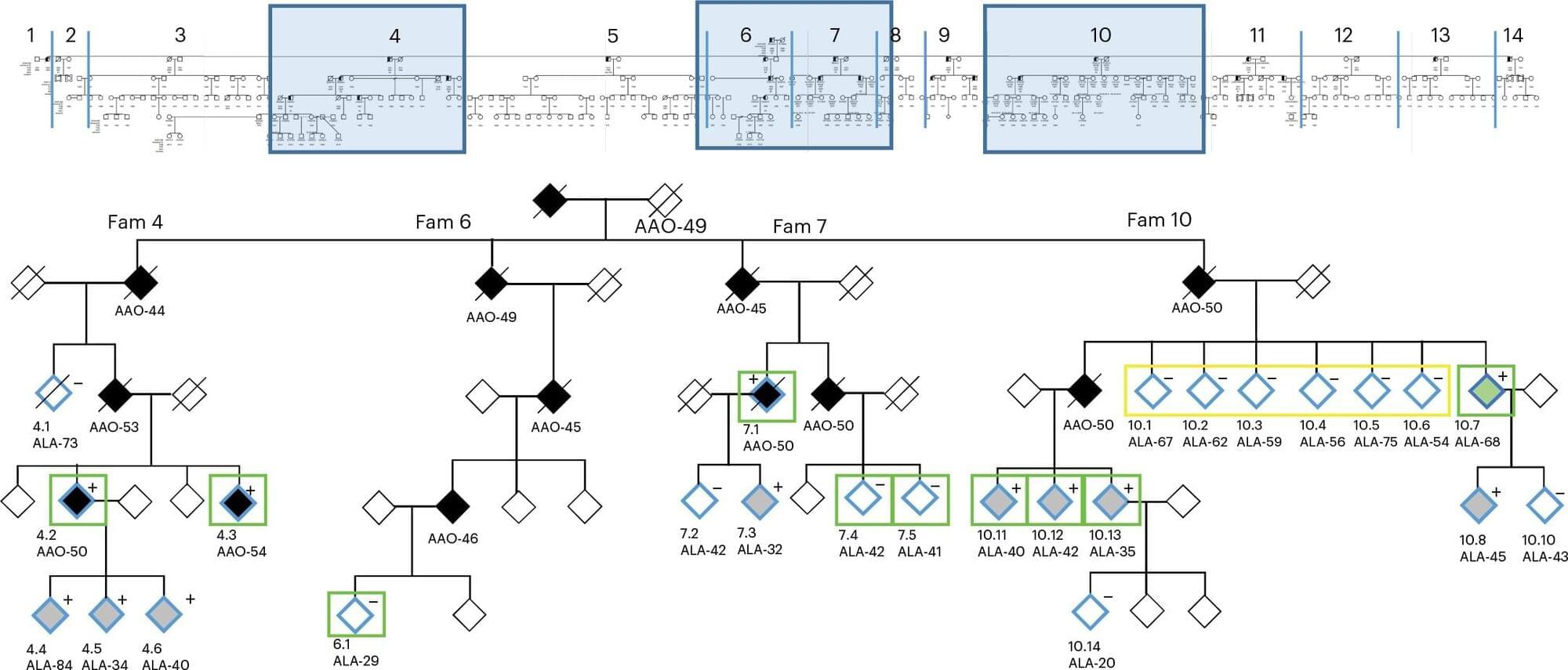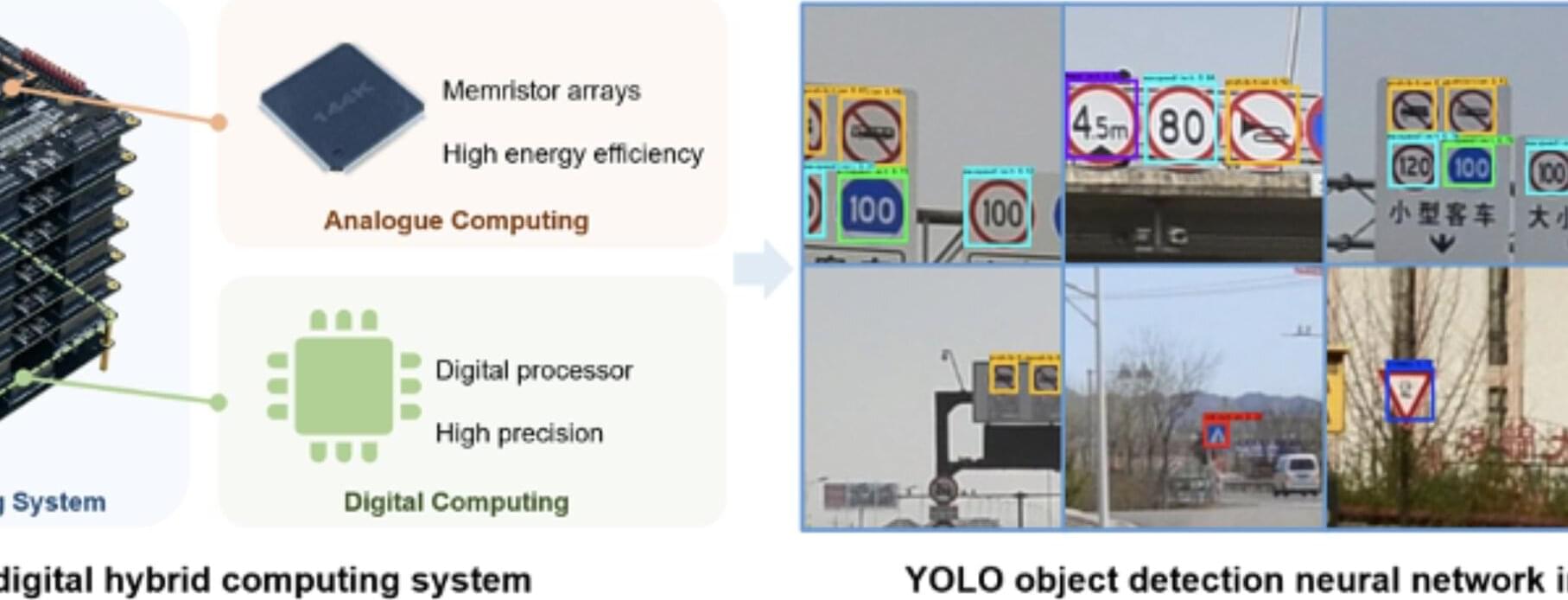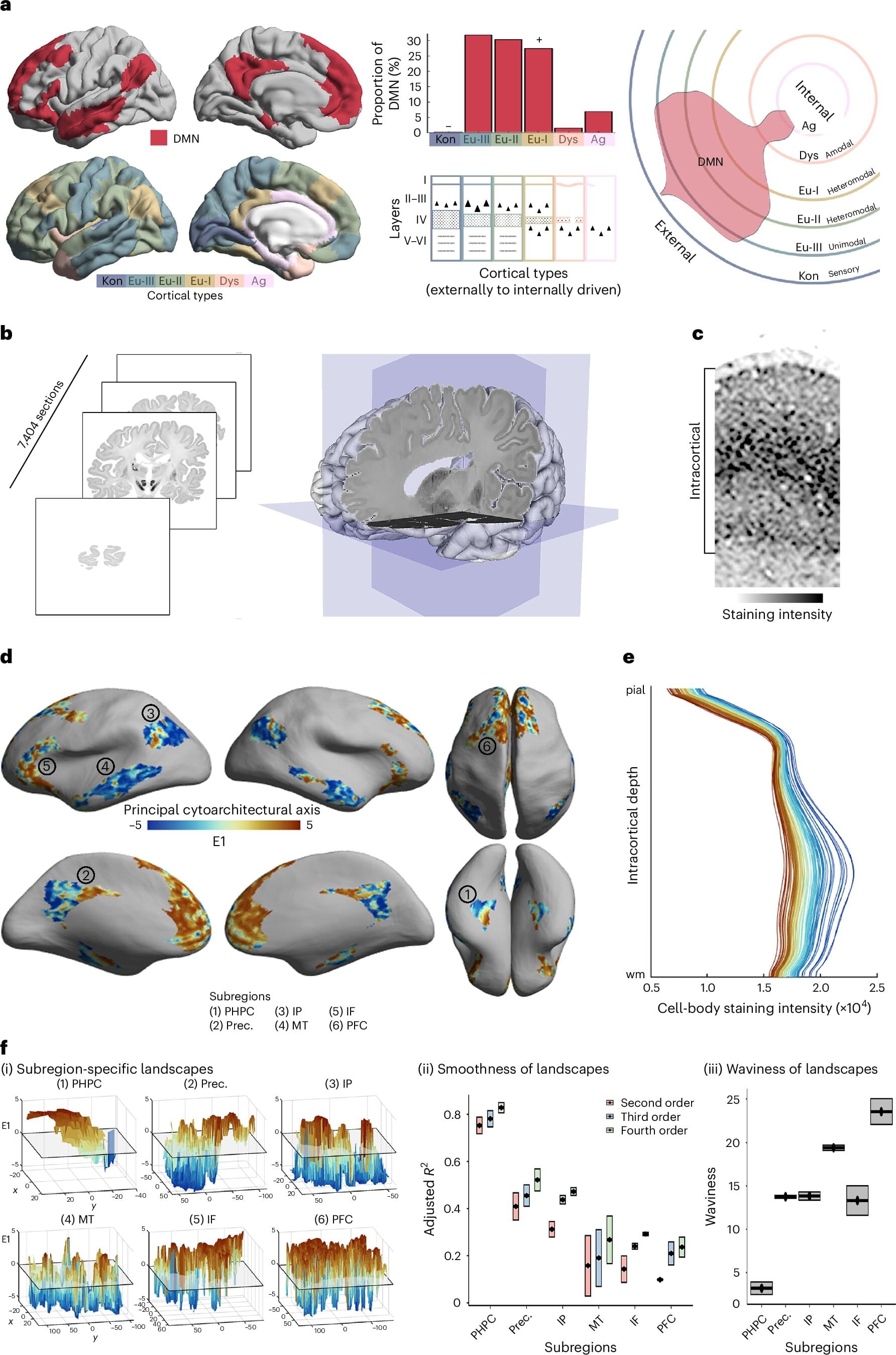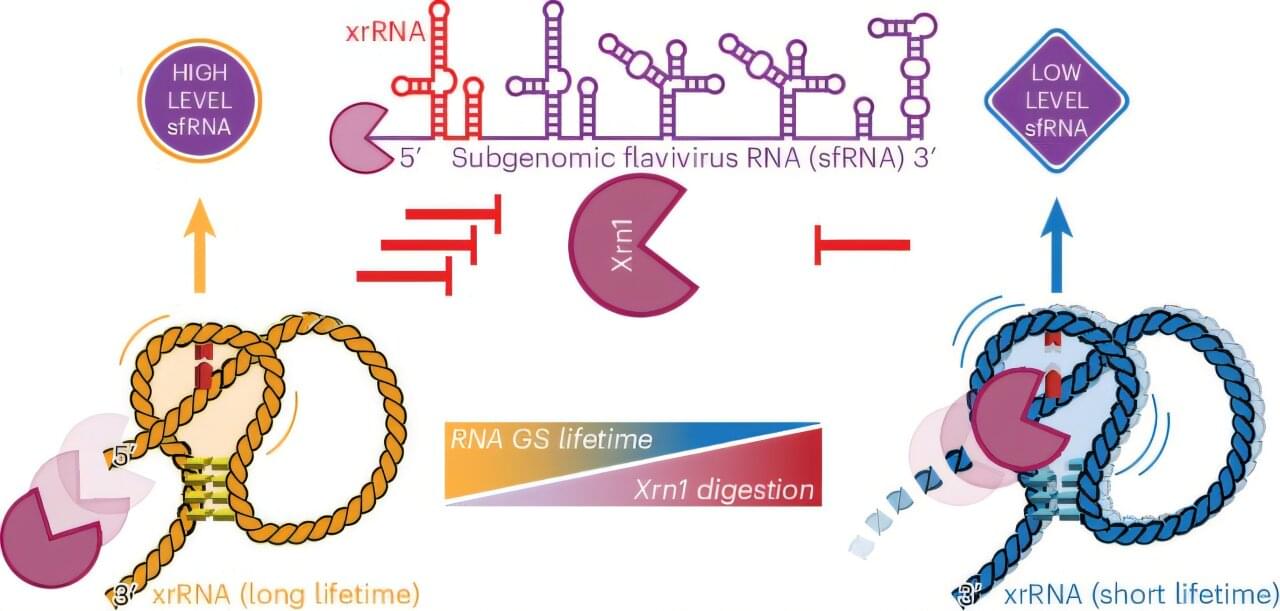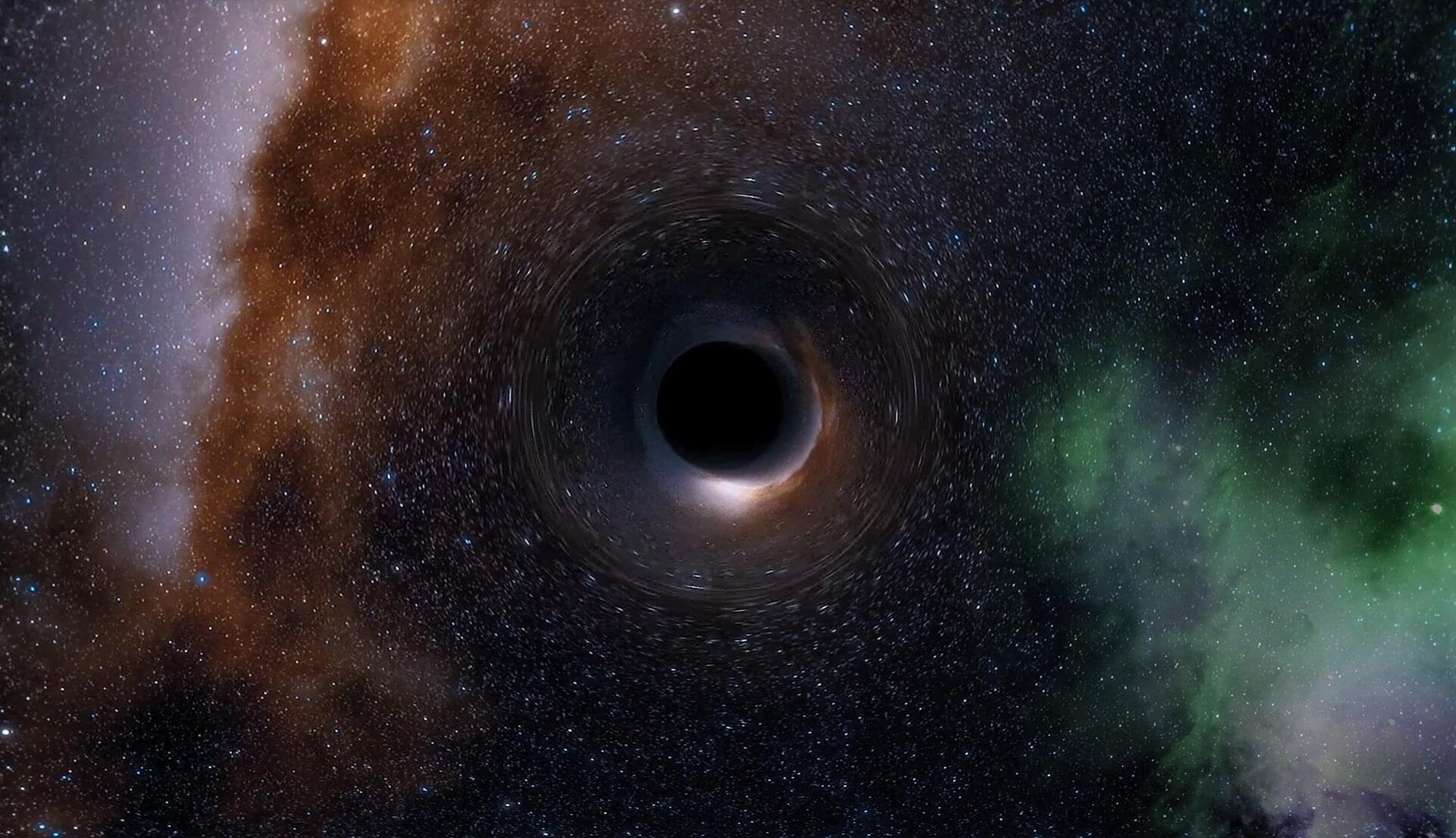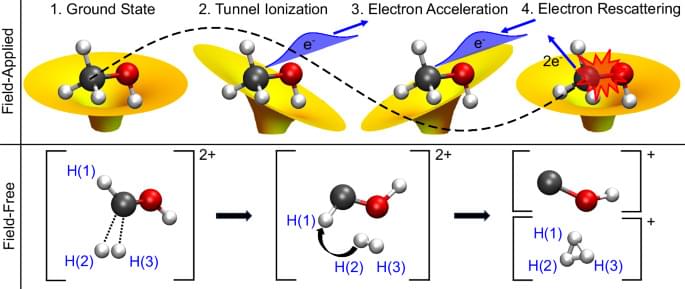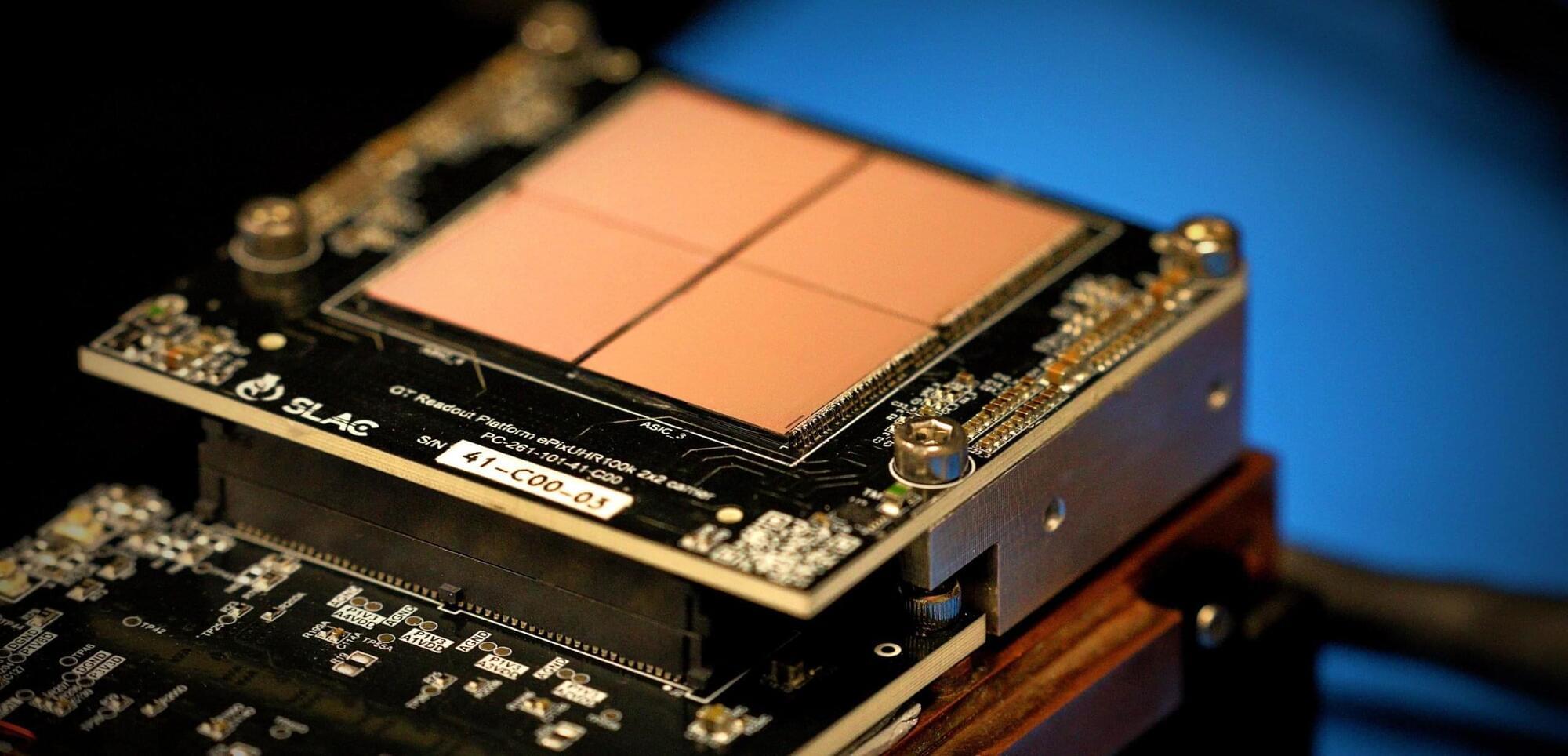Quantum computers have the potential to revolutionize technology by solving complex calculations and computations that are difficult, if not impossible, for traditional computers. One major roadblock, however, is instability—quantum states can be easily disrupted by “noise” from their surrounding environments, causing errors in the systems. Overcoming instability is important in creating effective and reliable quantum computers and other quantum technologies.
Researchers at the University of Rochester—including John Nichol, an associate professor in the Department of Physics and Astronomy—have taken a key step toward reducing instability in quantum systems, by focusing on an elusive state called a nuclear-spin dark state. Although scientists have long suspected that the nuclear-spin dark state could exist, they haven’t been able to provide direct evidence of it—until now.
“By directly confirming the existence of the dark state and its properties, the findings not only validate decades of theoretical predictions but also open the door to developing more advanced quantum systems,” Nichol says.

